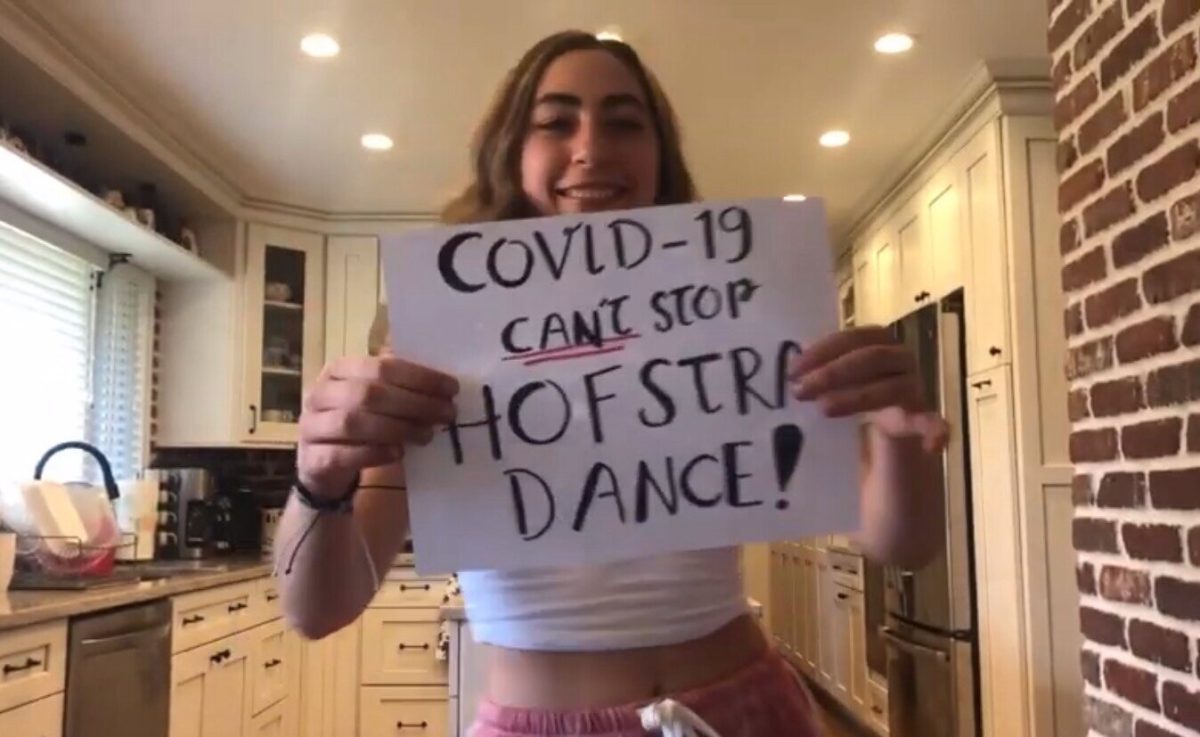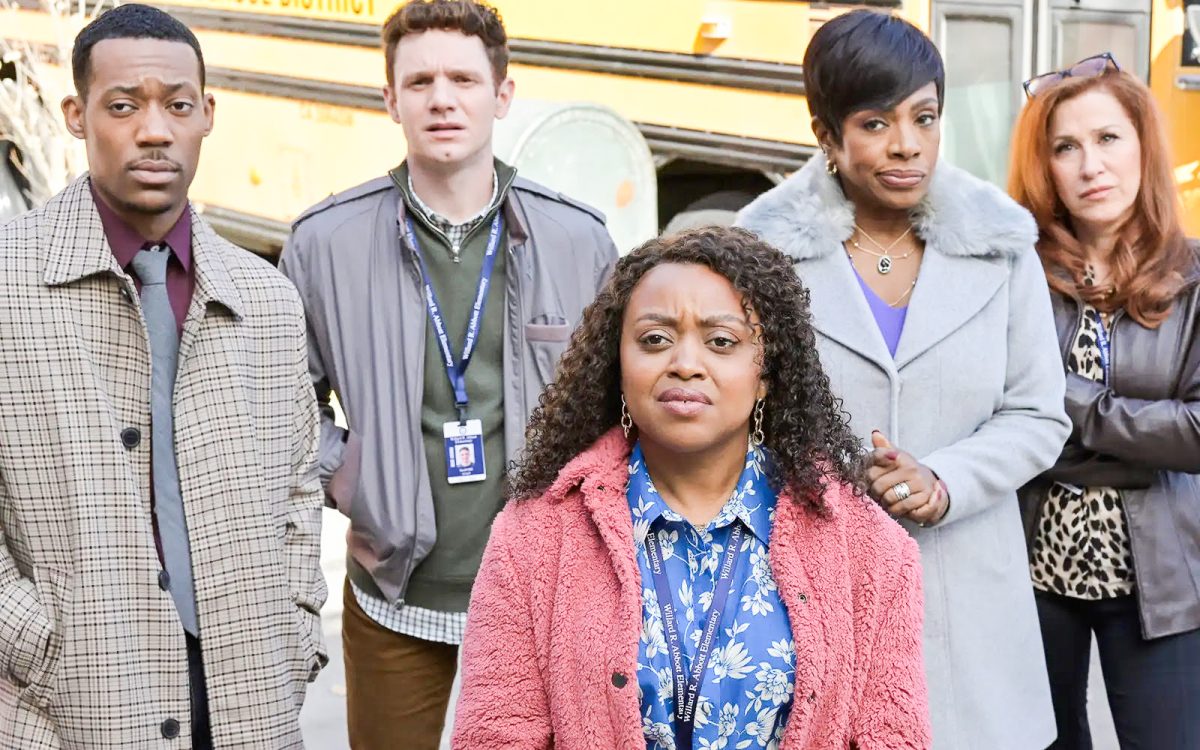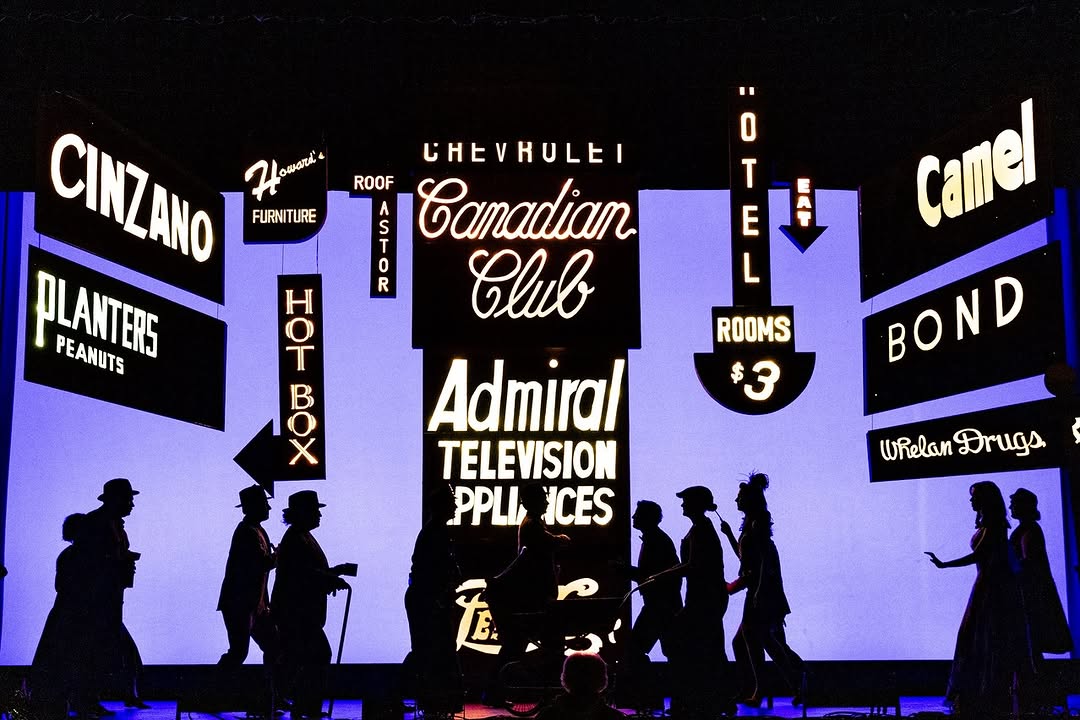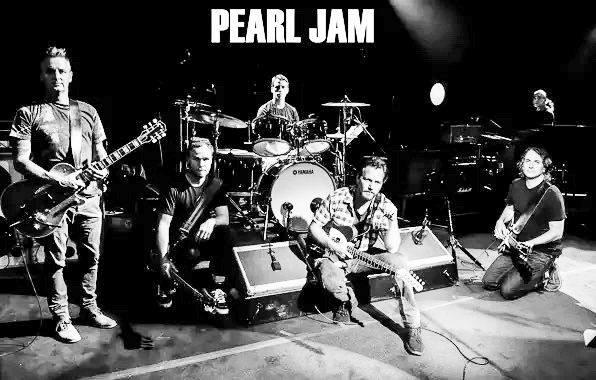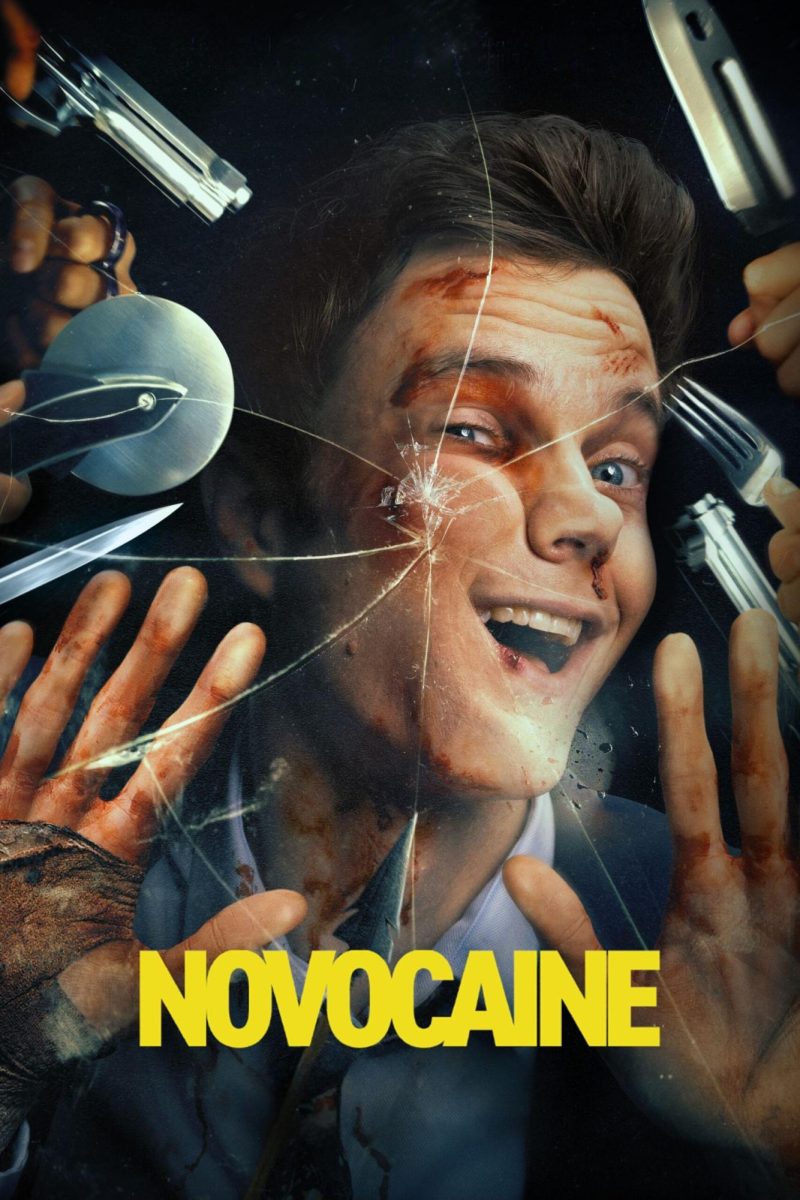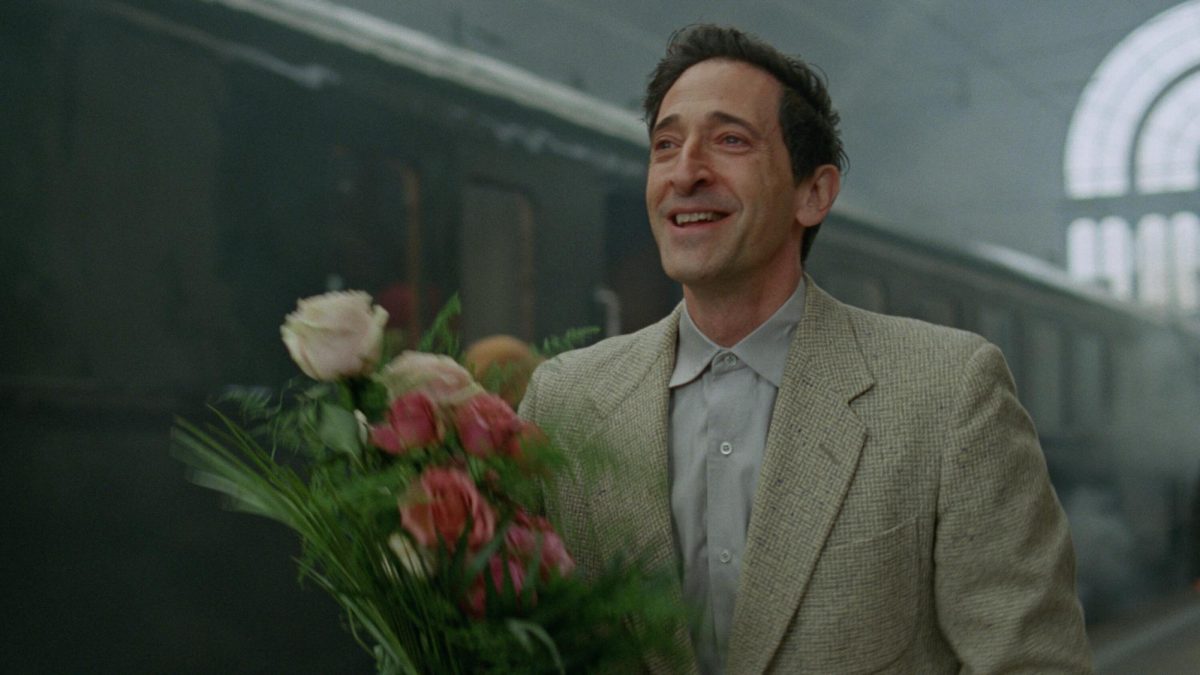Courtesy of Hofstra Dance
When Hofstra and other universities across the U.S. announced they were transitioning all classes to an online format due to COVID-19, Hofstra’s performing arts departments came together to formulate plans to continue teaching their programs. While the university was scrambling to find viable alternatives to in-person learning, students majoring in dance and music were uncomfortably silent. In fact, they were just hoping that the university could find a way to allow them to complete their semesters at all.
Dance classes were a particular challenge. Most professors decided to conduct their classes via Zoom, an online video teleconferencing software, with an accompanist on the call to play music. But Savannah Mehran, a dance and psychology major at Hofstra University, found there were issues with varying internet connections and a musical delay. “I feel like I’m not in time with everyone and the music tends to go in and out,” said the first-year student.
Most dancers don’t have a proper place in their homes with enough space and adequate flooring to safely partake in a dance class, according to Rachel List, director of the dance program at Hofstra. Caroline Copeland, an adjunct professor of drama and dance at Hofstra, backed this affirmation, saying, “I have to make sure that whatever [instruction] I give can fit in the smallest space. One student looks like she’s dancing in a closet.”
With these new struggles and space restrictions, dancers are worried about their training. “I don’t think my training is anywhere near the same level it was before,” said Kristina DiCarlo, a senior BFA dance major.
“We’re missing basically the aerobic element of the class,” Copeland said. “Physically, it’s just not as satisfying to practice this way.”
Students and faculty are also saddened by the inevitable cancellation of the Spring Dance Concert. Dancers put in many hours of rehearsal and work to prepare for the event, right up until it was canceled just weeks before the performance dates. “It’s hard because it was my last chance to dance in the dance department concert,” DiCarlo said.
Similar sentiments were shared by professors and students in the music department. Dr. Eric C. Davis, a professor of horn at Hofstra, has experienced challenges teaching music lessons via Zoom.
“The difficulty has been hearing what the student is playing,” said Dr. Davis. “The specifics of sound in instrumental lessons have proven to be hard to discern.”
Conducting and partaking in large ensembles, such as wind ensemble and orchestra, has proven to be difficult to do remotely. Still, ensemble directors were able to come up with viable alternatives, creatively adapting their roles and obligations to each group of students.
“Though creating art in a rehearsal [or] concert can never be truly replicated online, my role as a conductor remains the same; to provide my fellow musicians opportunities for artistic growth, exploration, performance and joy,” said David A. Soto, director of Hofstra’s Wind Ensemble and Symphonic Band.
The band will try to record their concert utilizing online platforms where the students will separately play their individual parts of each song, accompanied by a video of Soto conducting the piece. It will then be assembled into one combined recording for all to cherish and enjoy. While it is not the same as playing for an audience live, it will provide students with a unique memento from an unprecedented, uncertain moment in history.
Davis is trying to stay optimistic, as he remains hopeful that learning has evolved by embracing the modern-day technology. “I have learned how to incorporate more technology that will only [provide] more options for me and my students in teaching moving forward,” he said. Davis went on to cite the platform’s ability to record sessions for playback later, and incorporation of screen-sharing technology as salient features to expand upon the typical class structure.
For her senior practicum, DiCarlo made a video titled, “COVID-19 Can’t Stop Hofstra Dance,” a compilation of Hofstra University dancers dancing within their own homes. The video reinforces the strength and hope that the Hofstra arts community has sustained during this difficult time, bringing students and faculty together in a unique way. “I feel as though it is an artist’s job to turn a tragic and hard time into something beautiful,” DiCarlo said.

